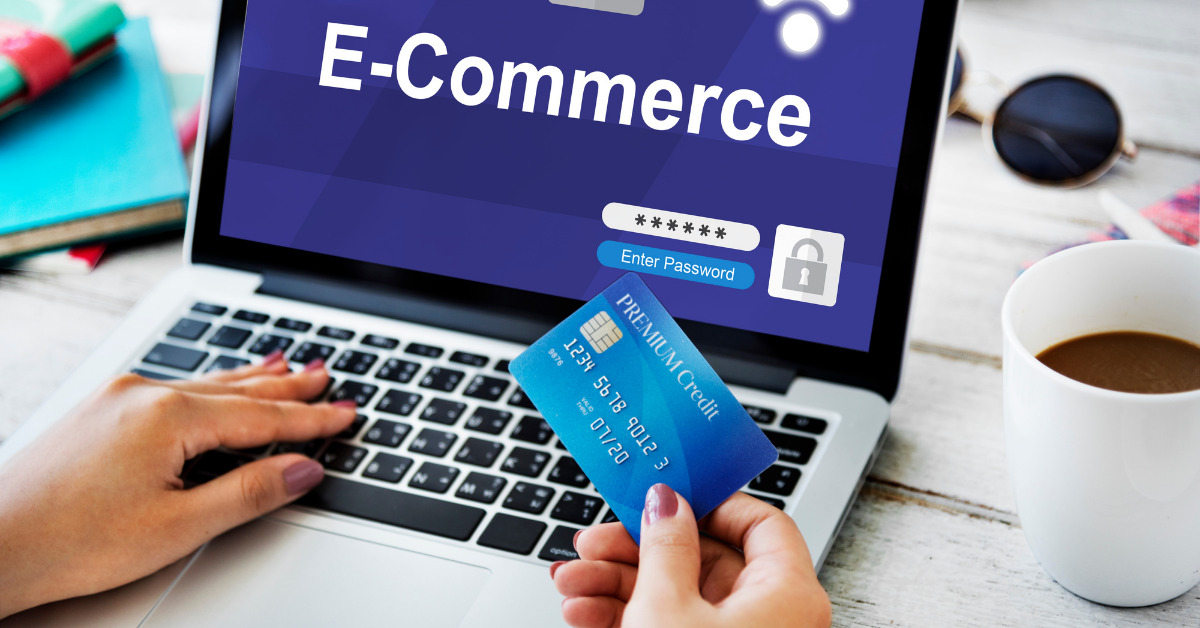Home / Blogs Detail

E-Commerce Excellence - The Rise of Online Businesses in Pakistan
In today's rapidly evolving digital landscape, e-commerce has emerged as a transformative force shaping the global business landscape. Pakistan, a nation with a burgeoning population and increasing internet penetration, is witnessing a remarkable surge in online shopping, propelling the growth of e-commerce businesses. This article delves into the multifaceted world of e-commerce in Pakistan, exploring its exponential growth, enumerating its advantages, and dissecting the strategies and challenges that accompany this digital revolution.
The Growth of Online Businesses in Pakistan
Pakistan's e-commerce industry is experiencing an unprecedented boom, driven by a confluence of factors, including the rise of internet connectivity, the growing adoption of smartphones, and the increasing demand for convenience and accessibility. According to a report by Daraz, Pakistan's largest e-commerce marketplace, the country's e-commerce market is expected to reach a staggering $4.4 billion by 2025, reflecting a compound annual growth rate (CAGR) of 27%. This remarkable growth is fueled by a young, tech-savvy population, with over 100 million internet users and a growing middle class seeking the convenience and variety offered by online shopping.
Advantages of Online Businesses in Pakistan
E-commerce offers a plethora of advantages for businesses operating in Pakistan, making it an attractive alternative to traditional brick-and-mortar stores. These advantages include:
Wider Reach: Online businesses can reach a vast customer base across the country, transcending geographical boundaries and expanding their market potential.
Reduced Costs: E-commerce businesses typically incur lower overhead costs compared to traditional stores, as they eliminate the need for physical space, inventory storage, and a large sales staff.
Increased Flexibility: Online businesses offer greater flexibility in terms of operating hours, allowing customers to shop anytime, anywhere.
Enhanced Customer Experience: E-commerce platforms provide businesses with opportunities to personalize the shopping experience, collect customer data, and tailor marketing campaigns effectively.
Data-Driven Insights: E-commerce businesses can leverage data analytics to gain valuable insights into customer behavior, product preferences, and market trends.
E-Commerce Statistics in Pakistan
- The growth of e-commerce in Pakistan is evident in the following statistics:
- E-commerce sales in Pakistan are projected to reach $4.4 billion by 2025.
- The average Pakistani customer spends around $100 per year on online shopping.
- Over 70% of internet users in Pakistan have made at least one online purchase.
- The most popular e-commerce categories in Pakistan include fashion, electronics, and cosmetics.
Strategies for Successful Online Businesses in Pakistan
To thrive in Pakistan's dynamic e-commerce landscape, businesses need to adopt strategic approaches that align with local market preferences and challenges. These strategies include:
Understanding the Target Audience: Businesses should gain a deep understanding of their target audience's demographics, preferences, and online shopping habits.
Culturally Attuned Marketing: Marketing campaigns should be tailored to the local culture and language, resonating with Pakistani consumers.
Secure and Convenient Payment Gateways: Businesses should provide secure and convenient payment options, including cash on delivery (COD) and mobile wallets popular in Pakistan.
Robust Customer Support: Efficient customer support is crucial to building trust and loyalty among Pakistani customers.
Effective Logistics and Delivery: Businesses need to establish reliable logistics and delivery networks to ensure timely product delivery across the country.
Overcoming Challenges in the E-Commerce Industry
While e-commerce offers immense opportunities, it also presents challenges that businesses need to address effectively:
Lack of Trust in Online Transactions: Building trust with Pakistani consumers who are accustomed to traditional shopping practices can be challenging.
Infrastructure Limitations: Limited internet penetration and infrastructure challenges in certain regions can hinder e-commerce adoption.
Logistical Issues: Delivering goods to remote areas and ensuring timely delivery can be logistically complex.
Payment Fraud: Protecting against payment fraud and securing customer data is paramount.
Competition from Established Players: Competing with established e-commerce giants can be challenging for new entrants.
E-Commerce Platform Options for Online Businesses in Pakistan
Several e-commerce platform options are available for Pakistani businesses, each with its unique features and benefits:
Daraz: Pakistan's largest e-commerce marketplace, offering a wide range of products and services.
Shopify: A popular e-commerce platform known for its ease of use and customization options.
WooCommerce: A WordPress plugin that provides powerful e-commerce functionalities.
Magento: A robust e-commerce platform suitable for large-scale businesses.
E-Commerce Marketing Strategies for Pakistani Audiences
To successfully capture the attention of Pakistani consumers. E-commerce businesses need to adopt marketing strategies that resonate with local preferences and behaviors. Here are some effective strategies to consider:
Leverage Social Media: Pakistan has a highly engaged social media landscape, with Facebook, Instagram, and TikTok being the most popular platforms. Businesses should utilize these platforms to create engaging content, run targeted ads, and interact with potential customers.
Embrace Mobile-First Approach: With over 70% of internet users in Pakistan accessing the web through their smartphones. A mobile-first approach is crucial. Ensure your website and mobile app are optimized for seamless navigation and a smooth shopping experience.
Optimize for Local Search Engines: Optimize your website and content for local search engines like Google Pakistan and Bing Pakistan to ensure your business. That appears prominently in search results.
Utilize Influencer Marketing: Partner with local influencers who align with your brand's values and target audience. Influencer marketing can be an effective way to increase brand awareness and drive sales.
Run Competitive Promotions: Pakistani consumers are price-sensitive, so offering attractive discounts, coupons, and deals can be a powerful sales driver.
Embrace Local Languages: Translate your website content and marketing materials into Urdu. Which widely spoken languages to reach a broader audience.
Understand Cultural Nuances: Incorporate cultural references and imagery in your marketing campaigns to connect with Pakistan.





